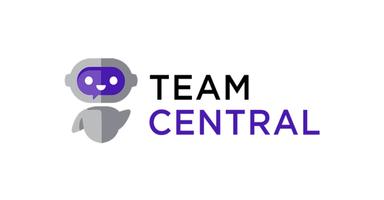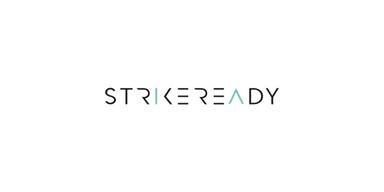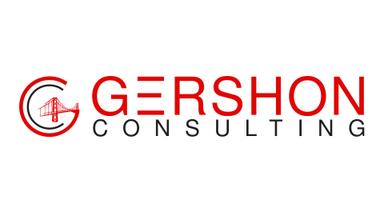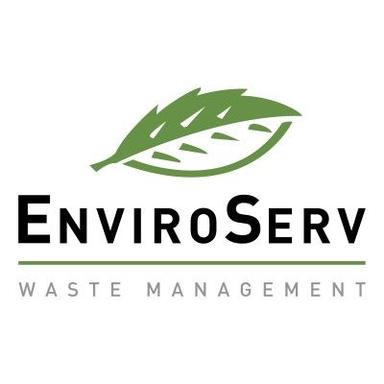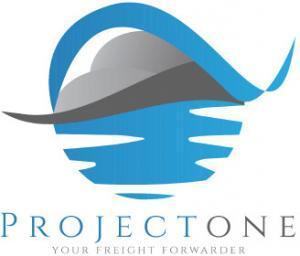How the 2026 Tax Changes Could Reshape Small Business Planning

On January 1st, 2026, you’ll wake up to a new tax reality.
Provisions from the 2017 Tax Cuts and Jobs Act will disappear and, when they do, a lot will change. And not just how much you owe the IRS, but how you run your business.
What’s going to happen won’t be small adjustments but something that will affect everything from how your company is structured to how you plan to exit or pass your business down. Those who have built generational businesses could be looking at estate tax bills nobody ever planned for.
Bottom line – 2026 will be a big year, and it will force you to rethink the strategies you’ve relied on for years.
What You Need to Know About Tax Rules That Are About to Expire
The Tax Cuts and Jobs Act of 2017 was never supposed to be permanent, and a lot of its biggest benefits will run out by the end of this year. That means that, as of 2026, individual tax rates will go back to what they were before 2018, the standard deduction will shrink, and the 20% Qualified Business Income deduction for pass-through businesses like LLCs and S corporations will disappear.
For small businesses already working on thin margins, these changes could prove devastating, forcing business owners to deal with higher costs and tighter planning. A silver lining could prove to be new technology – accounting automation, an AI voice generator for voiceovers, digital marketing tools, plus many other new AI-powered tech – all of which can cut production and operation cost down.
The fear is that once the tax breaks expire, efficiently alone mightn’t be enough.
But that’s not all.
The estate and gift tax exemption will be cut almost in half, and the child tax credit will roll back to smaller amounts. If you own a small business, these changes mean higher taxes and tighter margins, so you need to plan for it.
Areas of Small Business Planning That Will Be Impacted the Most
Here are the areas where you’ll see the biggest changes.
Entity Choice and Business Structure
Once the tax math changes without the 20% Qualified Business Income deduction, LLCs and S corporations might lose their edge. A C-corporation might be the more efficient choice of structure.
Cash Flow Forecasting
Higher personal rates and fewer deductions mean there will be less money left over. You’ll need to update your cash flow projections immediately so you’re not surprised and your growth plans don’t get stomped to dust.
Funding and Capital Strategy
Tighter margins equal less investment potential.
At the same time, investors and lenders will expect forecasts that show relevant tax rules (meaning, after 2025). In order to keep your credibility intact, keep your planning accurate.
Succession and Estate Planning
The estate tax exemption will be cut almost in half, so if you have a family business, this will put quite a bit of pressure on you to act. If you want to avoid expensive surprises later on, think about trusts and transfers before 2026 hits.
Compensation and Benefits for Employees
You’ll probably need to sit down and rethink pay structures and benefits because of higher taxes. You’ll need to soften the blow somehow and keep your employees happy, so think about things such as retirement plans and health benefits.
How to Prepare for the Changes in 2026
Unless you really like to be stressed out of your mind, start preparing right away. Talk to a tax professional who can show you which numbers to expect in the future. It may still work best to stay as an LLC, or switching to a C-corp would be the smartest move. The only way to know is to run the scenarios now.
Once you have a clearer picture, you’ll want to update your financial forecasts so they are in accordance with higher taxes and tighter margins. This way, you’ll know what to expect in terms of profits and cash flow.
You’ll also want to update your business plans because higher taxes will most likely affect your pricing and funding. And if you own a family business, you’ll also need to take more interest in estate planning. If you wait to do it until after the exemption drops, it might cost you a lot.
Of course, don’t forget to keep investors and lenders in the loop because showing them that you’re aware of the changes and have been preparing makes you look like someone who can be trusted. After all this is done, the last step is to find ways to keep your expenses to a minimum.
Simple tools and various forms of automation can help you out there and cut some costs when your tax bill gets higher.
Conclusion
You know how Cinderella’s dress turned back into rags when the clock struck midnight? Well, that’s kind of what’s happening with your taxes at the end of the year. The rules you’ve been leaning on since 2017 are going back to pumpkins and rags.
The next 2 years are incredibly important. The changes are already written into the law, so this is your window to get your house in order.
Be proactive instead of burying your head in the sand because that’s really the only way to stay in business.
Business News
How Executives Can De-Risk Payment Operations in Regulated Industries
Why Your Engine Air Filter Plays a Bigger Role Than You Think
Phoebe Gates-Backed Startup Secures US$30 Million Investment to Fuel AI Shopping Platform
Anthropic’s AI Bubble Warning: A Call for Caution in the Hype-Driven Race
The Ultimate Guide to Backlink Packages and Guest Post Services: Supercharge Your SEO in 2025





